The transformative beauty of burlesque
A Baltimore photographer captures performers, both costumed and conventional

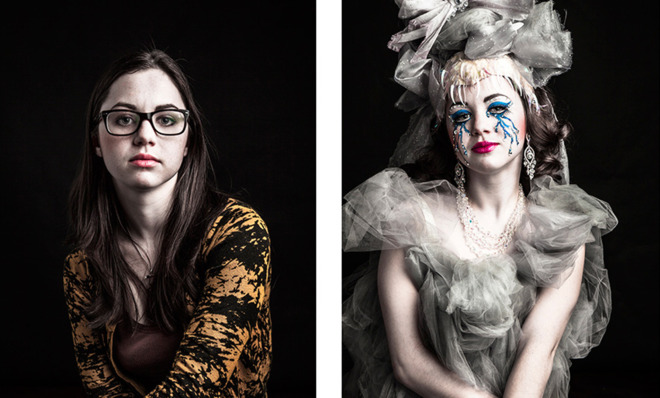
It would be easy to look at photographer Sean Scheidt's portraits of burlesque performers, first in street clothes and then in costumes, as simple before-and-after transformations.
Instead, "quite a few of the performers use the stage to express a part of them that's always present," Scheidt says. "It always seems that the persona is deeply ingrained."
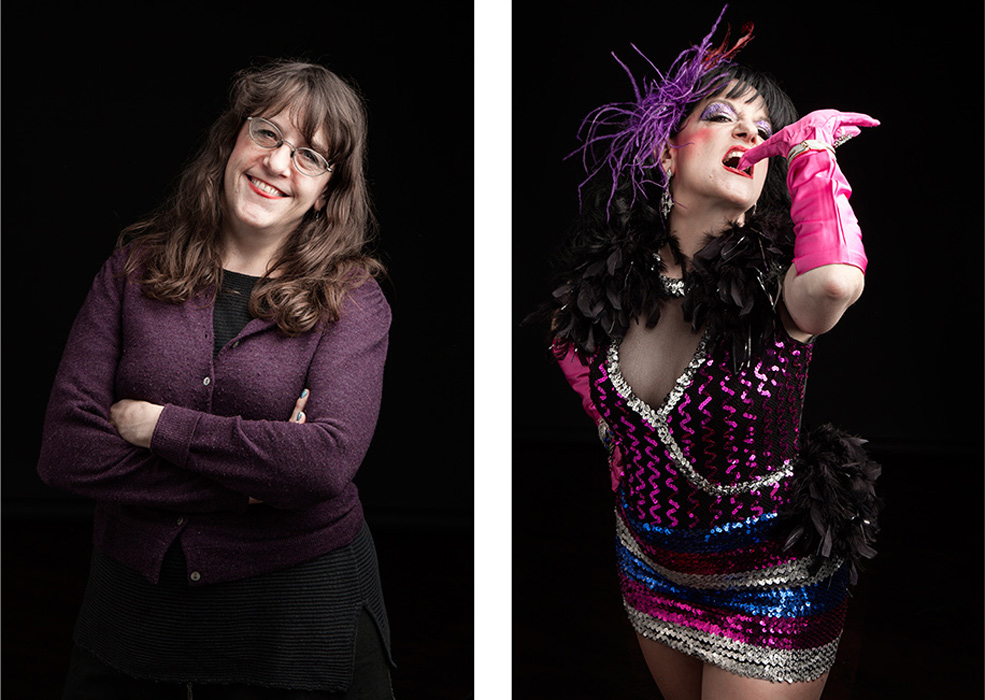
"Burlesque can, on the surface, seem no different than stripping," Scheidt explains. "While striptease is also used in burlesque, there is a distinction between the two. In burlesque, performers use their bodies as a tool to confront an audience, often using the striptease to challenge sexual objectification, orientation, and other social taboos."
The Week
Escape your echo chamber. Get the facts behind the news, plus analysis from multiple perspectives.

Sign up for The Week's Free Newsletters
From our morning news briefing to a weekly Good News Newsletter, get the best of The Week delivered directly to your inbox.
From our morning news briefing to a weekly Good News Newsletter, get the best of The Week delivered directly to your inbox.
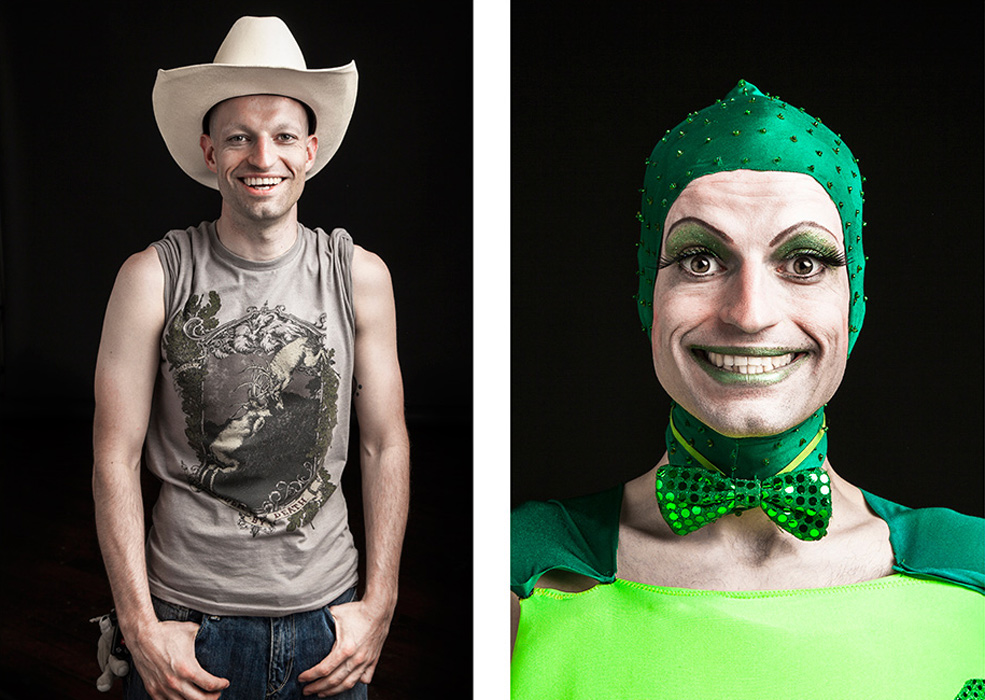
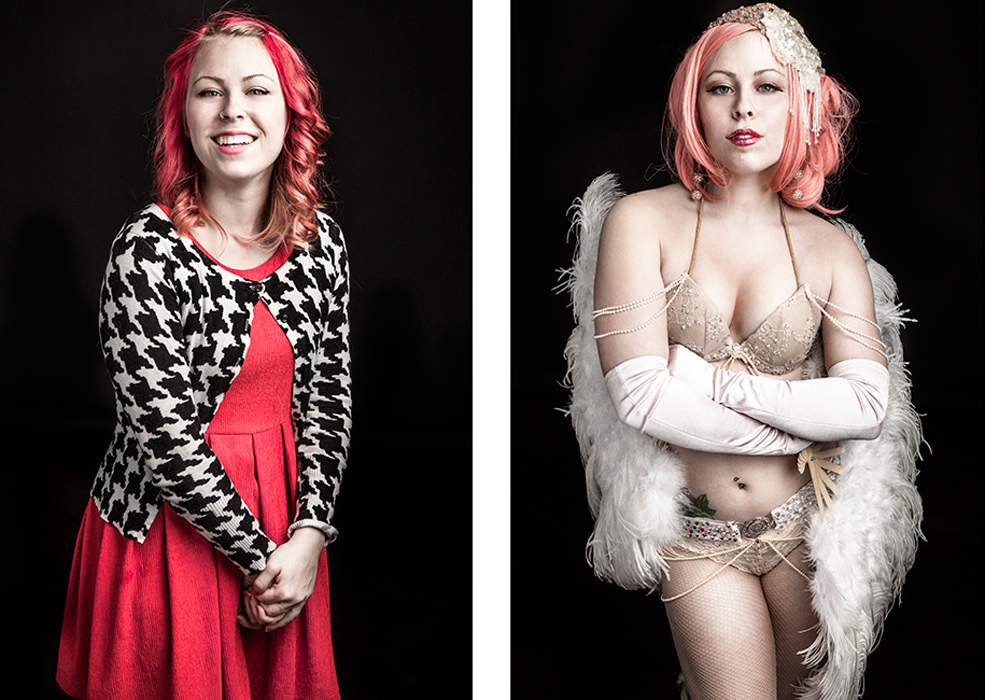
Ironically, when Scheidt's subjects shed their larger-than-life stage personas, they appeared shy when standing alone for the portraits.
"The stage is a place where they have control, and it's worlds away from being alone with a photographer, in his space, surrounded by a soft box and reflectors, one-on-one," Schedit says.
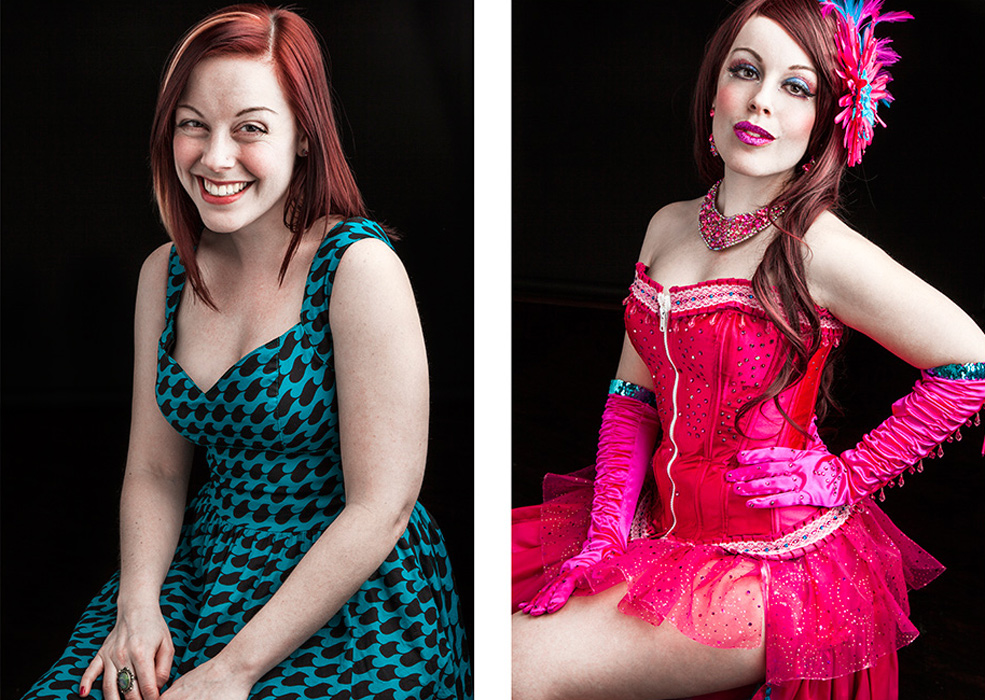

As for Scheidt, his own "before/after" moment came when he realized the project had moved beyond showing a juxtaposition between two parts of the same individual.
"I began to learn more about … the 'why,' behind their personal motivations," he says. "I hope this project allows people to delve further into the concept of quick judgment, and consider the individual, as well as the art of performance."
A free daily email with the biggest news stories of the day – and the best features from TheWeek.com
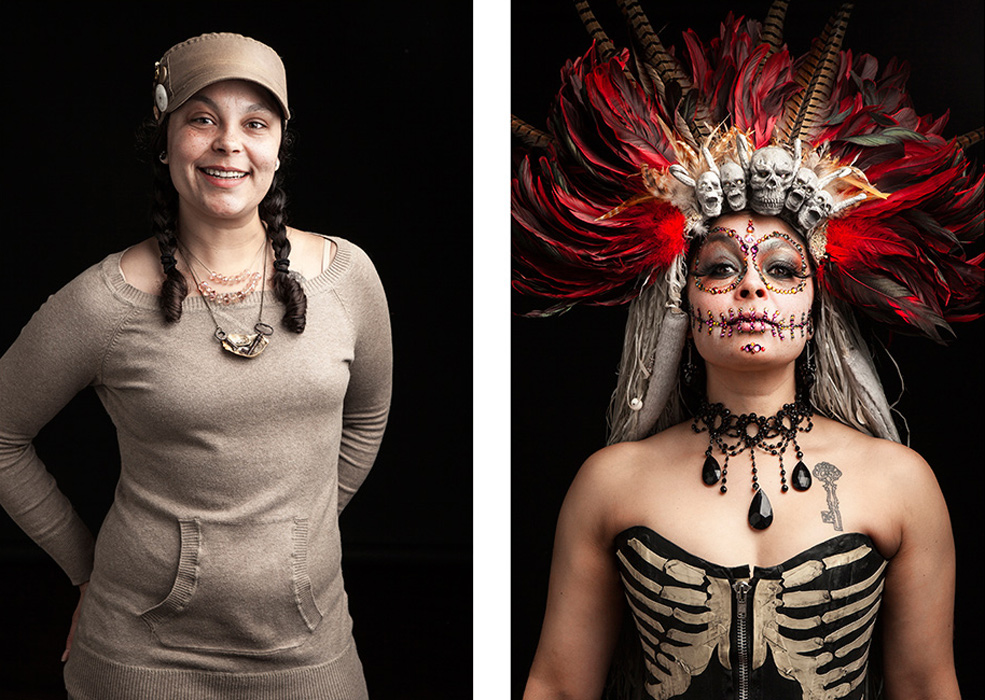
Sarah Eberspacher is an associate editor at TheWeek.com. She has previously worked as a sports reporter at The Livingston County Daily Press & Argus and The Arizona Republic. She graduated from Northwestern University's Medill School of Journalism.
-
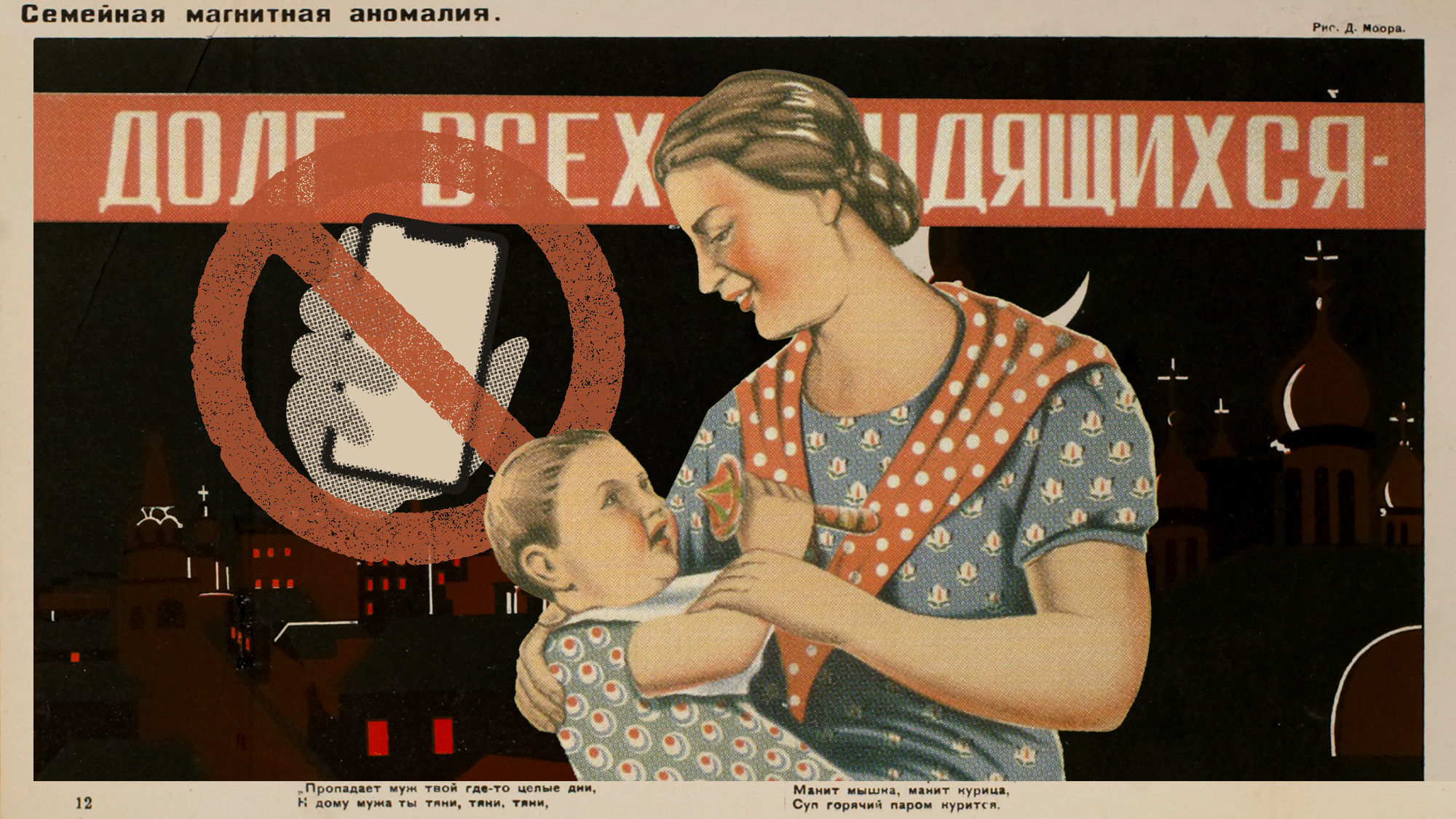 Russia’s ‘weird’ campaign to boost its birth rate
Russia’s ‘weird’ campaign to boost its birth rateUnder the Radar Demographic crisis spurs lawmakers to take increasingly desperate measures
-
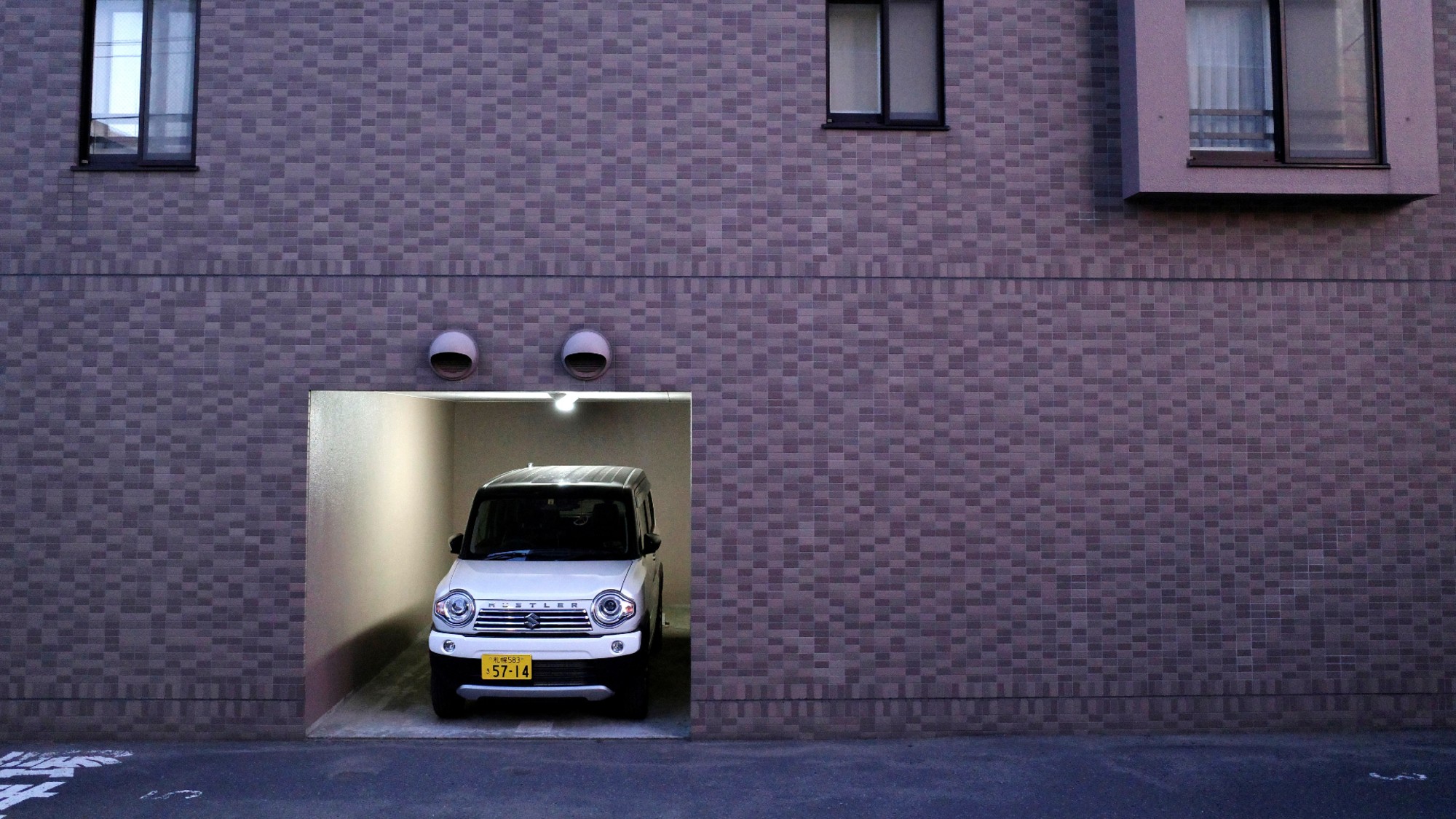 Could smaller cars bring down vehicle prices?
Could smaller cars bring down vehicle prices?Today’s Big Question Trump seems to think so, but experts aren’t so sure
-
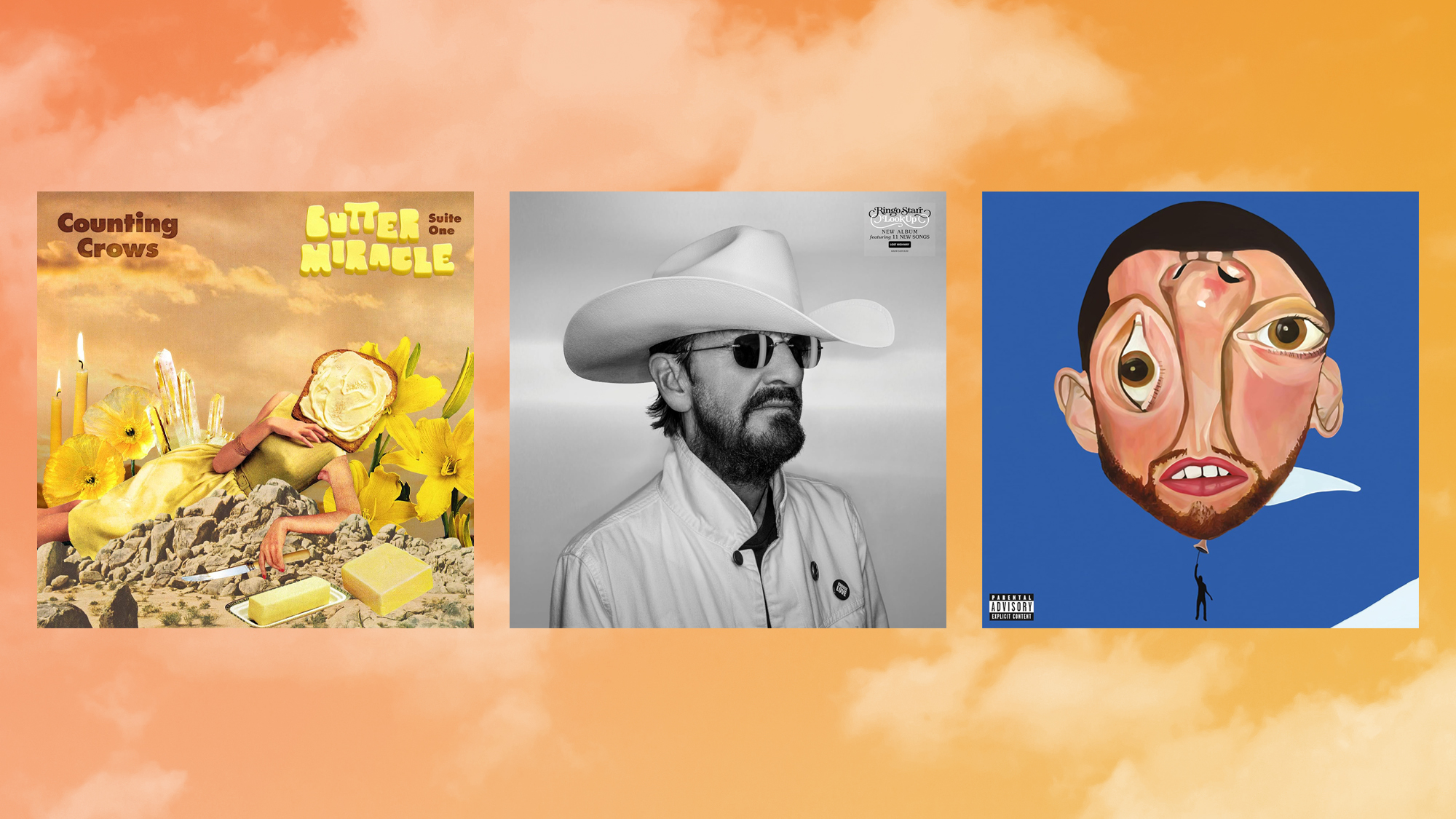 2025’s most notable new albums
2025’s most notable new albumsThe Week Recommends These were some of the finest releases of the past year
